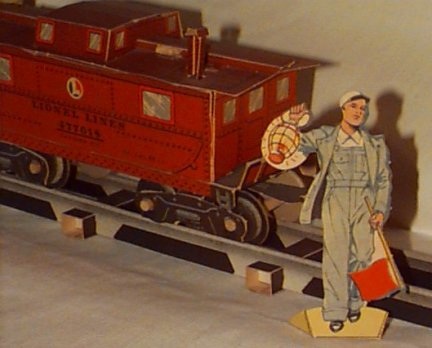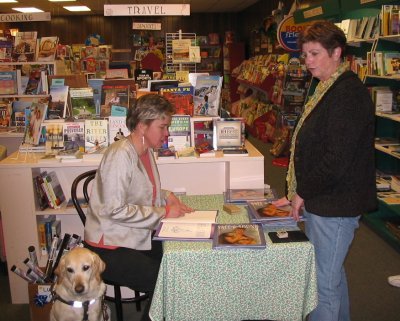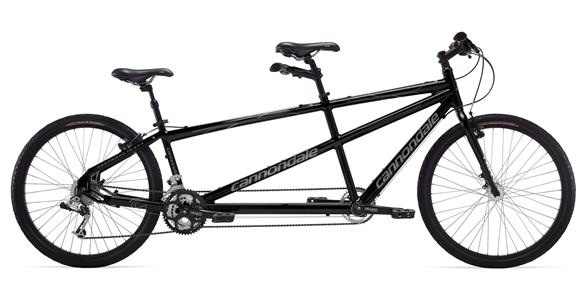Mondays with Mike: Bucket Lists
August 25, 2014 • 9 Comments • Posted in Mike Knezovich, Mondays with Mike, UncategorizedI think we might be at the tail end of the viral Ice Bucket Challenge thing. (BTW, in earlier days, we had another word for viral: fad.)
I confess to being conflicted about the whole thing. There’s certainly a lot of positives about it. To start, one thing that is absolutely unequivocally good: The ALS Association has $40+ million to steer toward ALS research. Here’s hoping that means we find a treatment and/or cure all the sooner for that horrible disease. And here’s to the hope it might provide those who live with the disease.
Another positive: From the looks of things, a lot of folks taking the challenge were young people, and I’m guessing that for many, it was their first charitable contribution. But not the last. That’s a good thing, too.
On the other hand, just in terms of modern culture, in my book the only thing worse than a selfie is a video selfie. At a certain level, it’s all simply come to annoy me the same way that other social media fads have —Gangnam Style, cat videos, you name it.
And as someone who lives with a person who lives with a chronic disease, something has felt a little unseemly about the circus surrounding the Bucket Challenge. I feel like a killjoy for saying it, but it does make me uncomfortable, whether or not it should.
I checked in with a good friend whose mother died from ALS—wondering what he thought about it all. He wrote that it made him a little grouchy, but that overall he was glad that the ALS Association would have more funds. This friend—who has worked at a non-profit as a fundraiser—also feared for all the poor fundraising staff at nonprofits who would be told by their bosses, “We gotta get our own Bucket Challenge, stat!”
I asked Beth whether she would wish for a similar kind of phenomenon around fundraising for juvenile diabetes, one that would fill the coffers of the Juvenile Diabetes Research Foundation. She, too was conflicted. We’d just heard about a possible breakthrough for type 1 diabetics based on stem cell research. She wondered out loud whether research—diabetes, ALS, and other areas—would advance faster if those cells were more readily available. And whether the hoopla distracts from such issues. She also thought that she might in fact be resentful of people having short-lived fun around the whole thing without understanding what the disease meant to people who live with it.
Finally, there’s the sort of arbitrariness of it—that is, in terms of proportional allotment of resources toward research—does it make sense? Here’s a good article that examines that question, and another on federal funding of research.
It was all making me very cranky last week. And then I found a remedy in, of all places, a Facebook post by our friend Kevin Goldstein (Beth’s written about Kevin before here–he’s an exec in the Houston Astros’ front office.) Kevin was nominated by one of the Astros’ Spanish language broadcasters to do the Ice Bucket Challenge, and here was his response:
I’m not going to dump ice water on my head, but I don’t want to be a jerk about it. I’ve enjoyed watching people participate in the challenge, but I’ve always personally decided to give to charities that have trouble getting big media coverage or gaining 100% acceptance. They’re the ones with real struggles for me, and the ones I feel most strongly about and the ones I will continue to give to. I’m glad ALS has found a successful campaign to greatly increase donations to the cause, but it’s not for me.
Still charity is a good thing, and because Joey got wet, and because Joey called me out in Spanish, I will donate $100 to Planned Parenthood Global, who is working overseas to ensure that women, men, and young people in some of the world’s most neglected areas have access to the health care they need to control their bodies and their futures.
In the end, I guess I’d say I hope that folks will donate, consistently and carefully. That they use tools like Guidestar and Charity Navigator to be sure their donations are used appropriately and efficiently (the ALS Society measures up very well by both these organization’s measures, btw).
So who am I to argue with 10s of millions going to a good cause? More power to you ALS Society. And thanks for the prod—like Kevin, I’m not doing the bucket thing, but you have prompted us to up our contribution to JDRF and the other orgs we have on our short list each year.



